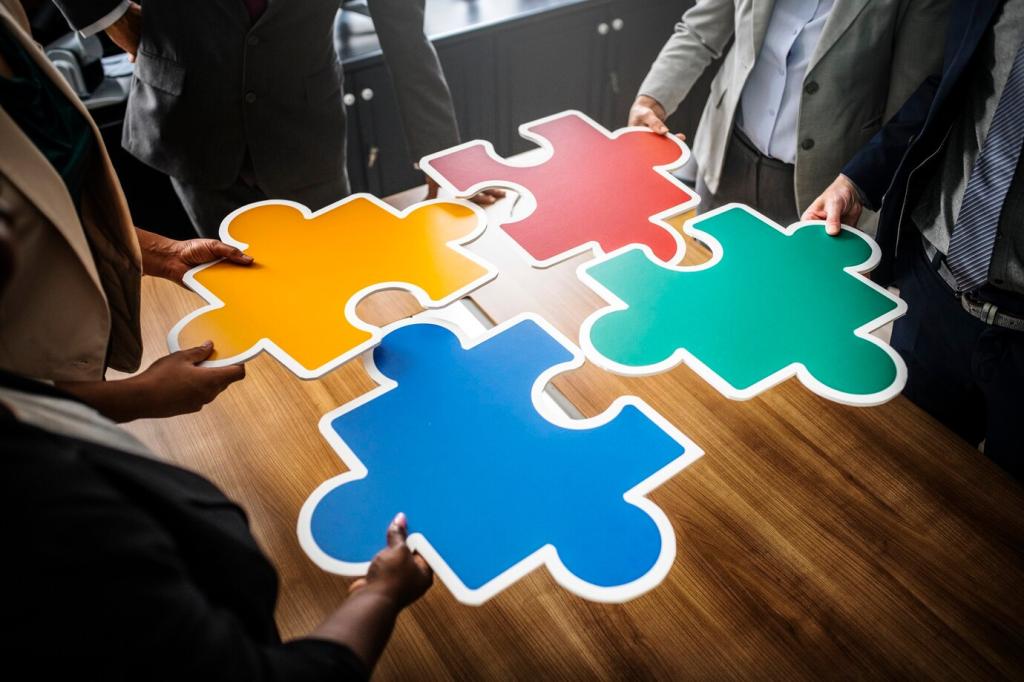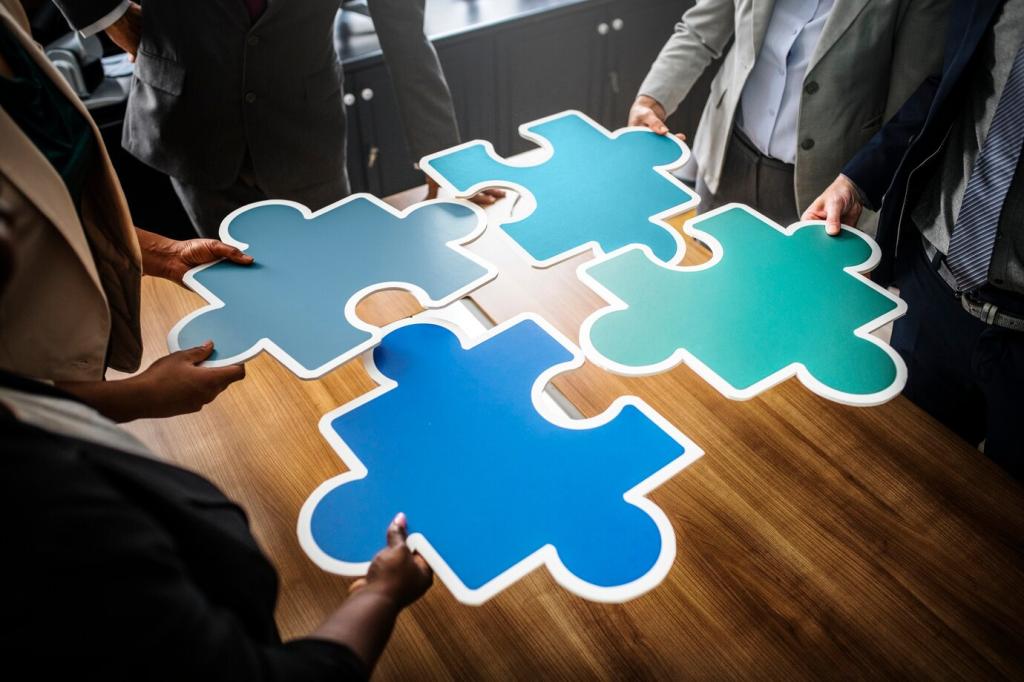Facilitation Tactics That Spark Participation
Use formats like 1-2-4-All to move swiftly from individual ideas to group consensus. This structure prevents groupthink, reveals hidden insights, and gives every participant a turn. The simple choreography keeps workshops lively while producing reliable, decision-ready outputs your team actually uses.
Facilitation Tactics That Spark Participation
Before any discussion, give two silent minutes to jot ideas. This tiny ritual boosts clarity, reduces posturing, and speeds alignment because people arrive with formed thoughts. It is astonishing how consistently this small pause elevates the quality of interactive workshop conversations.
Facilitation Tactics That Spark Participation
Establish time limits, rotate speakers, and invite responses by name. Use paraphrasing to honor input, then pivot to quieter participants. When facilitators frame turn-taking as a design feature, not a constraint, teams experience fairness and psychological safety while keeping momentum focused.
Facilitation Tactics That Spark Participation
Lorem ipsum dolor sit amet, consectetur adipiscing elit. Ut elit tellus, luctus nec ullamcorper mattis, pulvinar dapibus leo.








